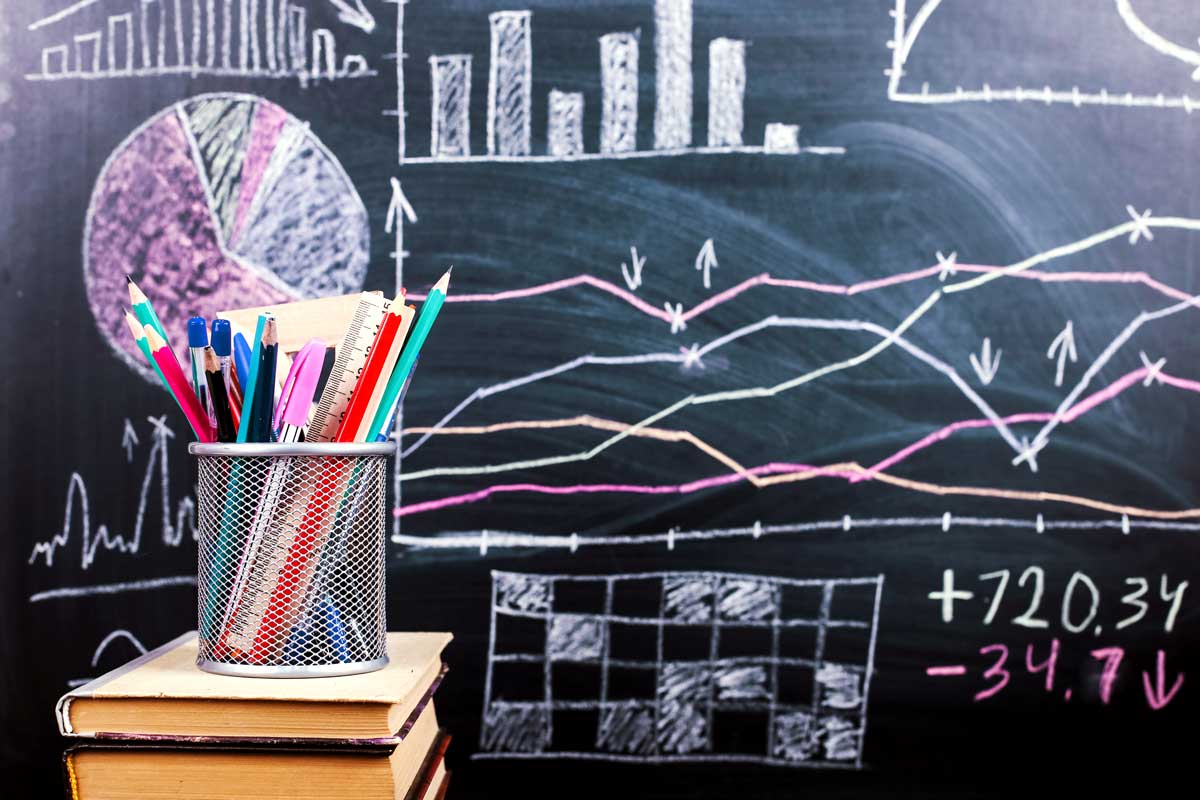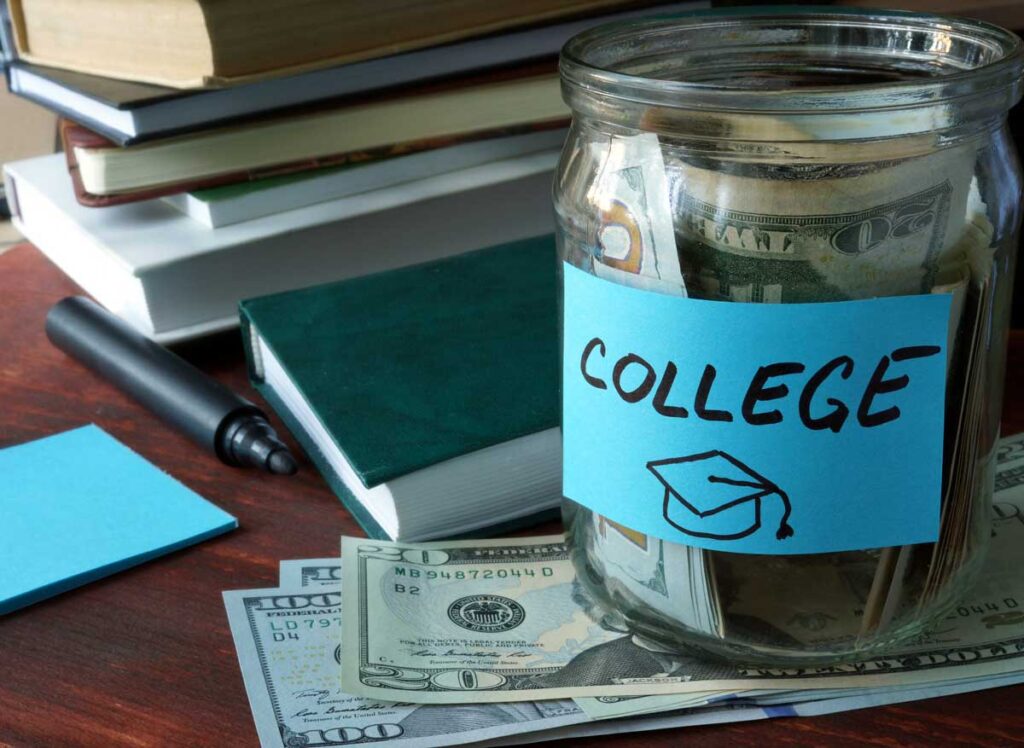Sarah Mervosh’s article in today’s New York Times reports that U.S. students’ progress in reading and math stagnated last year despite billions in federal funding to make up for Covid-related losses.
Where is the hue and cry from the public regarding news like this? It will be surprising if the Times article becomes viral and is part of the local news in every big city in the U.S. with reporters asking questions about the outcomes of their local school districts. Why? Because big cities typically vote blue, and mayors and governors of blue states don’t want to criticize teachers.
In my opinion, this wake-up call isn’t a “teacher issue.” Teachers and their students had reduced face-to-face time during the pandemic. The reduced face-to-face time led to an inability to work one-on-one with students learning new concepts in reading and math. My presumption is that teachers adjusted their lesson plans to where the students were when they returned to their physical classes, and there has not been a plan implemented by the states, cities, counties, or school districts to catch up.
Ms. Mervosh writes that NWEA (Northwest Evaluation Association) administered student assessment tests to 3.5 million public school students in third through eighth grade this spring reporting that students in most grades showed slower than average growth in math and reading when compared with students before the pandemic. Learning gaps created during the pandemic are not closing. A lead researcher from NWEA is quoted as saying “we are actually seeing evidence of backsliding.”
The NYT previously reported on the slide in national test scores for 13-year old’s last month. Ms. Mervosh reports that on average, U.S. students need the equivalent of an additional 4.5 months of instruction in math and an extra four months in reading to catch up to the typical student pre-pandemic. That time presumes that regular classroom time continues.
New York Times reporters have access to many sources. Ms. Mervosh utilizes many of them in this article. She poses a single question – the question for educators and federal officials is how to address the four-month gap – and not a single quote from a federal or state “official” follows. How can that be unless no one wants to be quoted when we’re on a collision course with campaigning for the 2024 elections?
Ms. Mervosh follows up her question about how to address the gap with the statement that “few academic interventions – standard tutoring, summer school, smaller class sizes – are powerful enough by themselves.” Summer school may yield a month’s worth of progress according to research. High dosage tutoring pairing a trained tutor with one to four students at least three times a week for a full year can produce gains equivalent to approximately four months of learning.
Ms. Mervosh writes that the federal government provided $122 billion to help schools recover from the pandemic with little national accounting as to how the money has been spent even though districts were required to spend a minimum of 20 percent of their aid on academic recovery.
There are a few notable quotes from other sources in the article.
- Tom Kane, a Harvard economist, states “The recovery effort has been undersized from the very beginning. We have seen examples of programs that were making a difference for students, but none have been at the scale or intensity required. If we don’t make the changes necessary, we will be sticking students with the bill.”
- Denise Forte, chief executive at the Education Trust, states “What we’re seeing here is a lack of intentionality…There was a real lack of accountability by states to know whether those dollars were being spent in that way.”
- Phyllis W. Jordan, the associate director at FutureEd, said that even with a year left of federal aid, it may be difficult for some districts to pivot.
It was not surprising (because of their districts’ historic lower education funding) to read that nationally, Black and Hispanic students were more likely to attend schools that stayed remote for longer and recorded greater losses in reading and math than compared with white and Asian students. There is no added focus in helping them either according to Ms. Mervosh.
According to Ms. Mervosh, students who do not catch up may be less likely to go to college. While the difference in the amount of lifetime earnings between those who go to college and those who do not go to college may be in dispute, the fact is that those who go to college generally earn more. School districts that fail to attempt to remediate the backsliding in learning are “sticking students with the bill” as expressed by Mr. Kane, the Harvard economist.
I applaud Ms. Mervosh and the New York Times for calling attention to this issue. Given their heft in reporting, it’s my hope that they continue to call for remediation at a national level. I’m curious if there are successful school districts or even private schools that can demonstrate that their efforts maintained or restored their students’ reading and math aptitudes. With millions of students’ academic progress at risk, finding successful examples would be helpful where there are school leaders who want to turn the learning in reading and math slide around and have the remediation funds available to do it.











